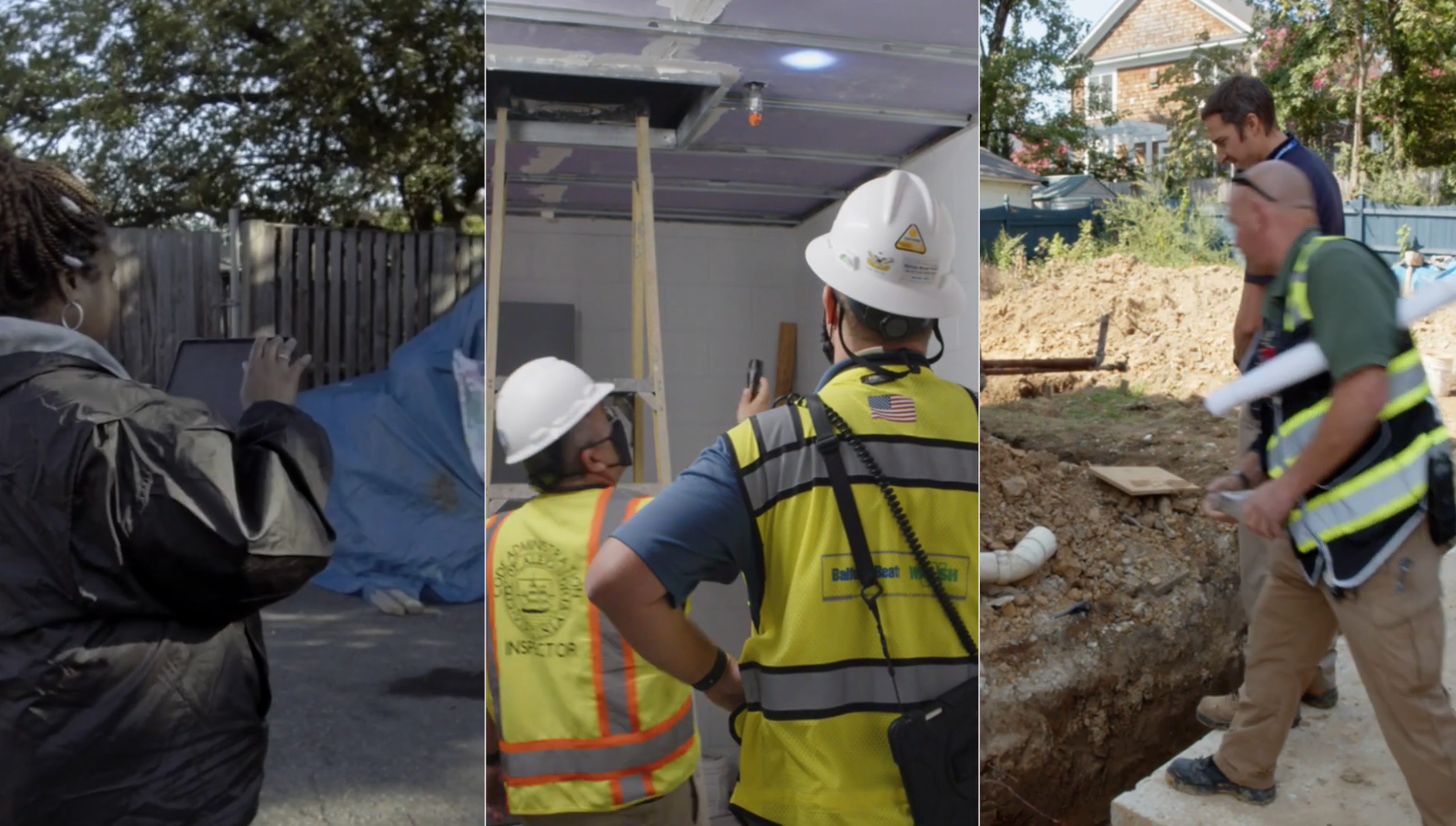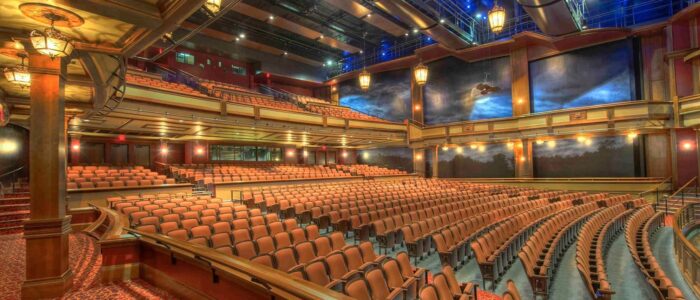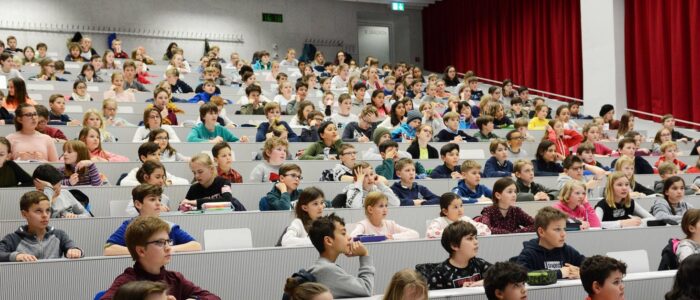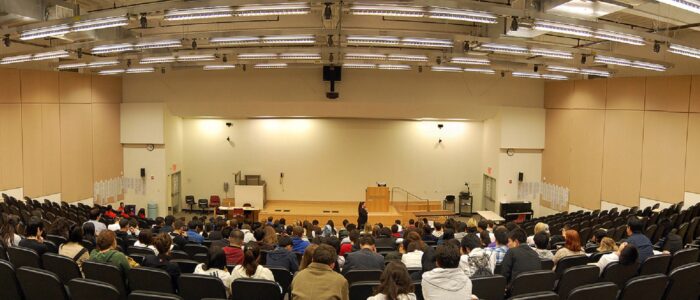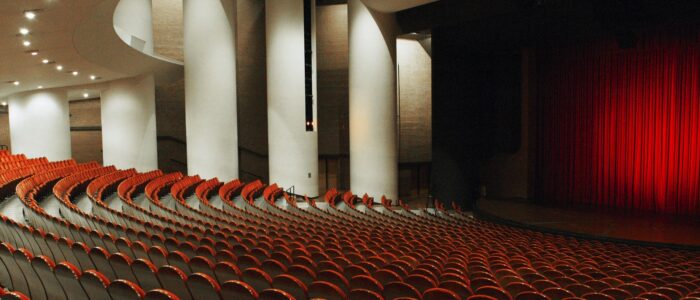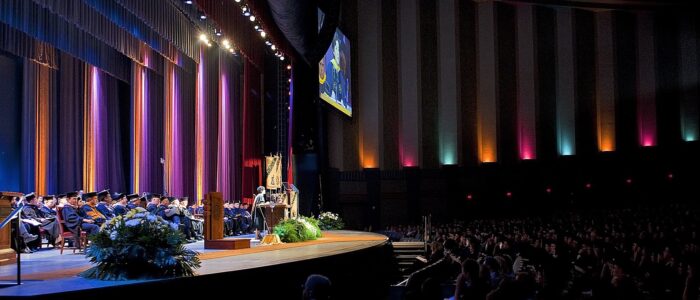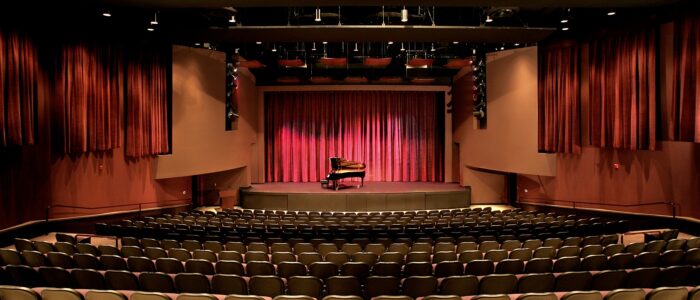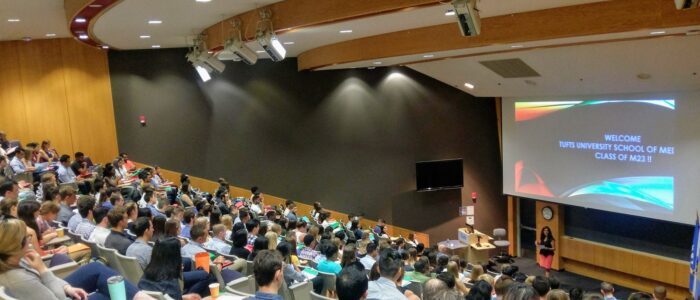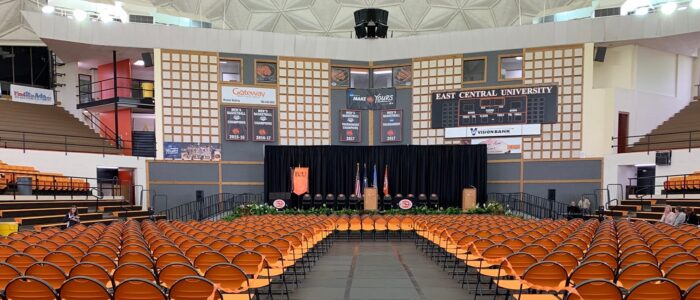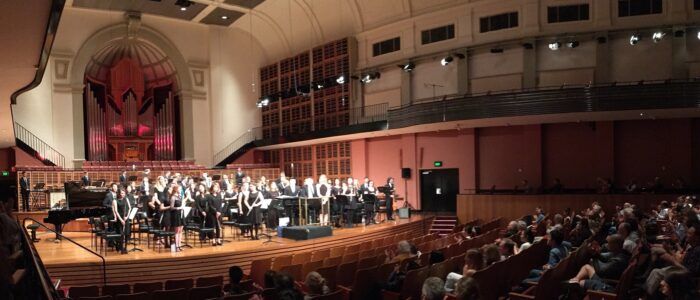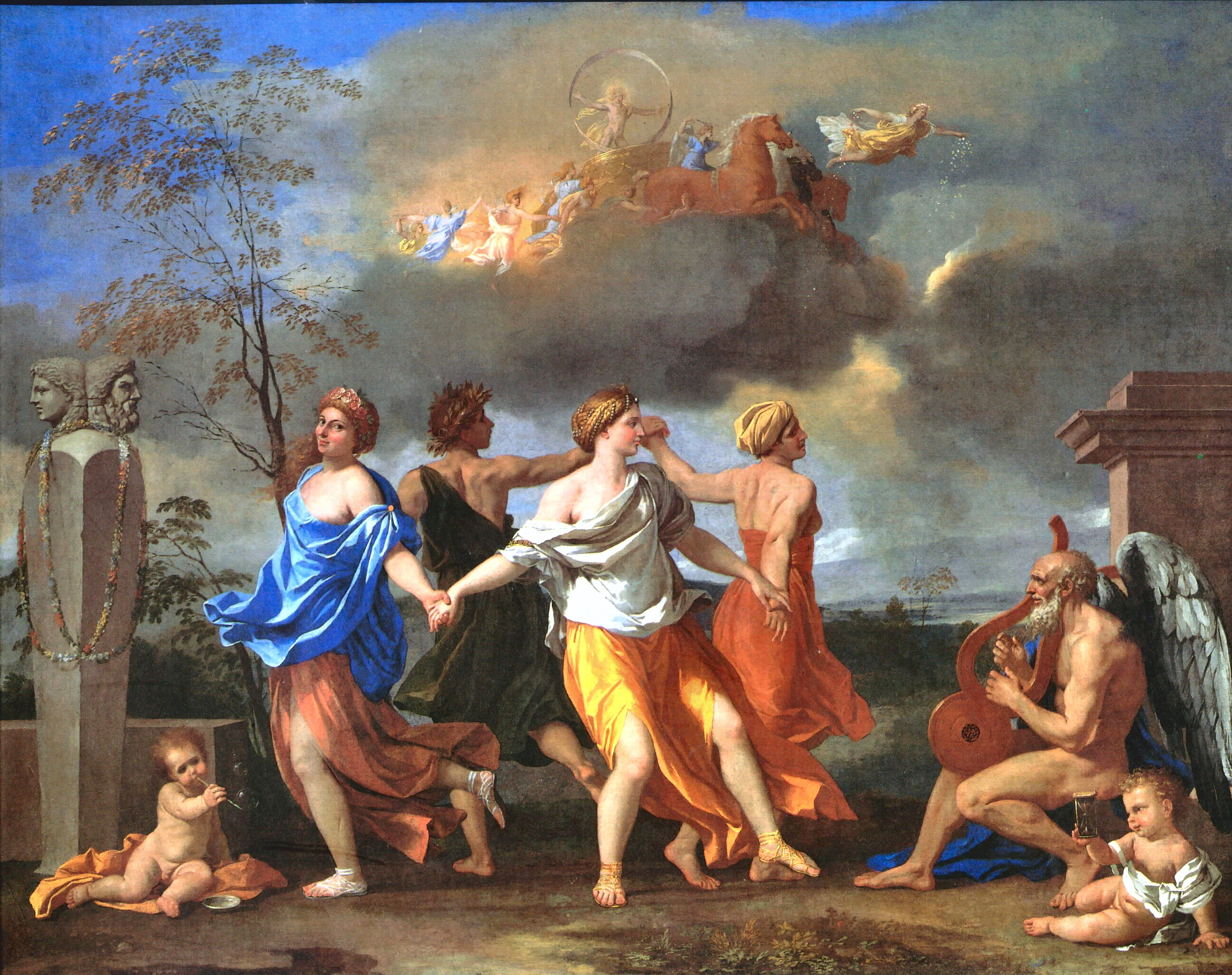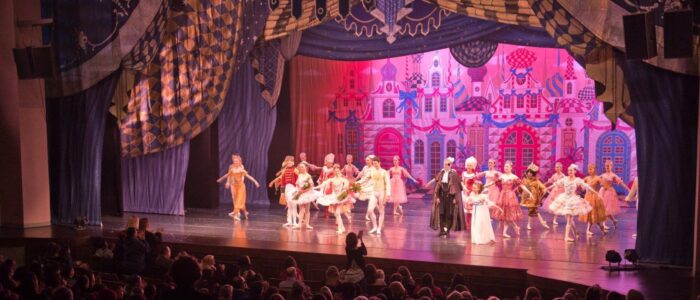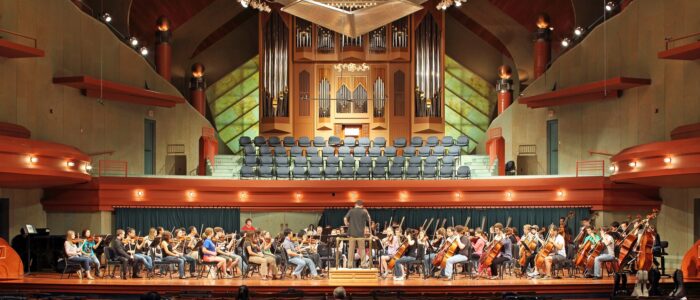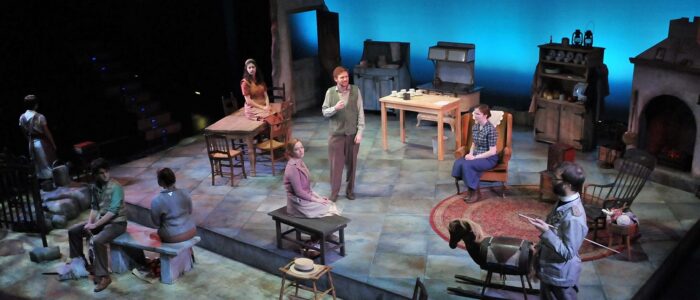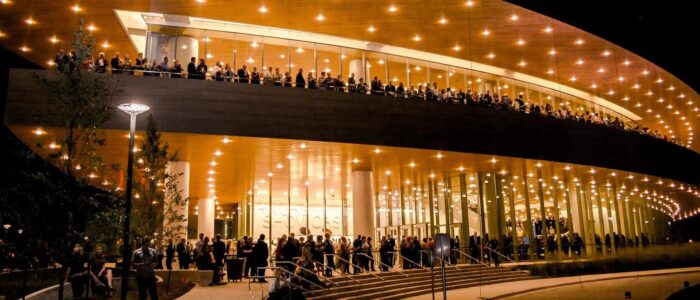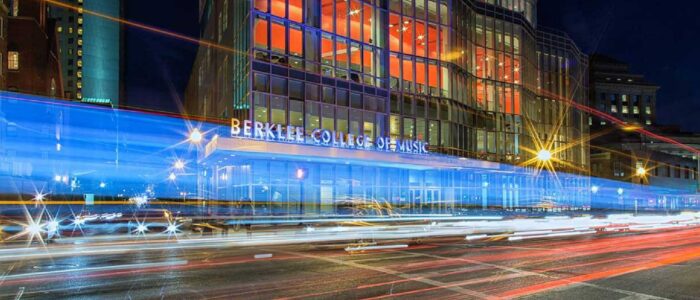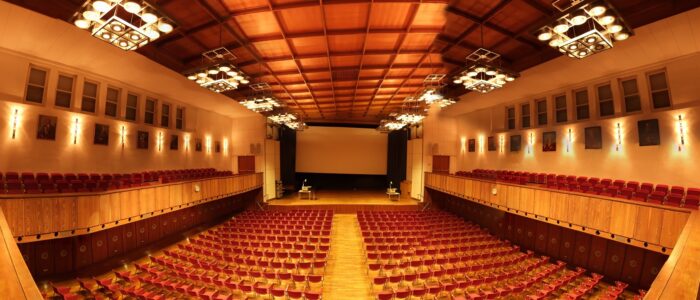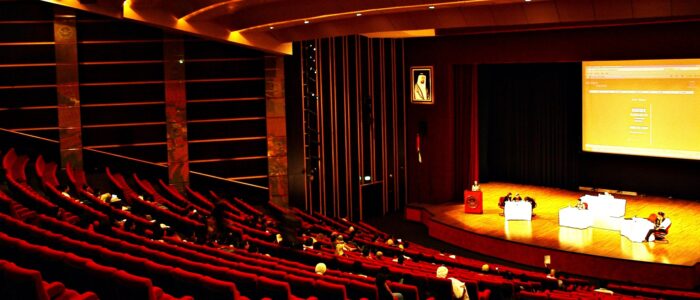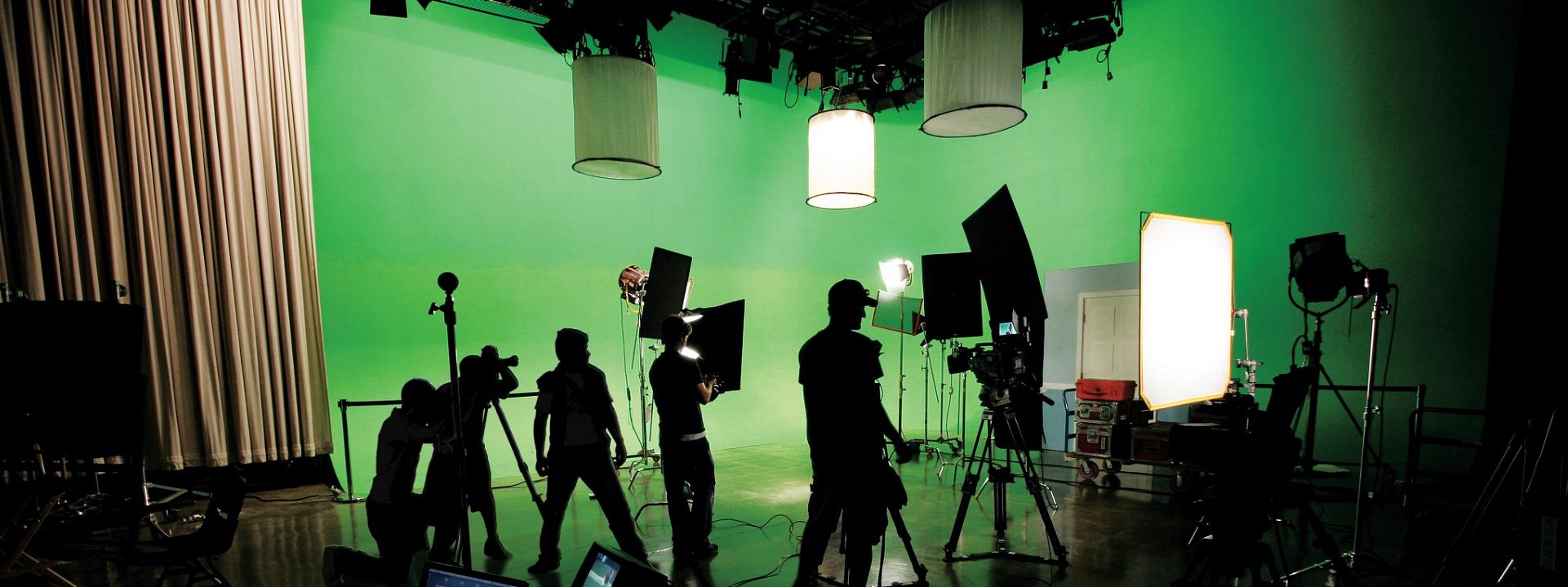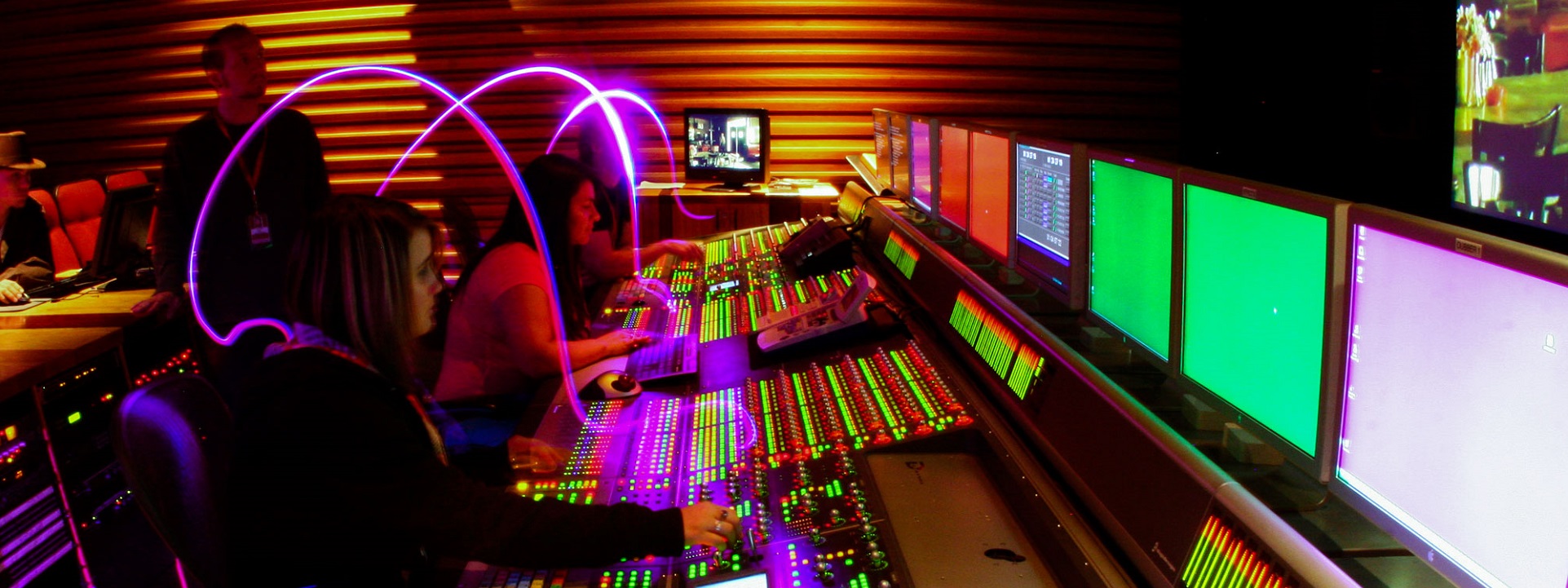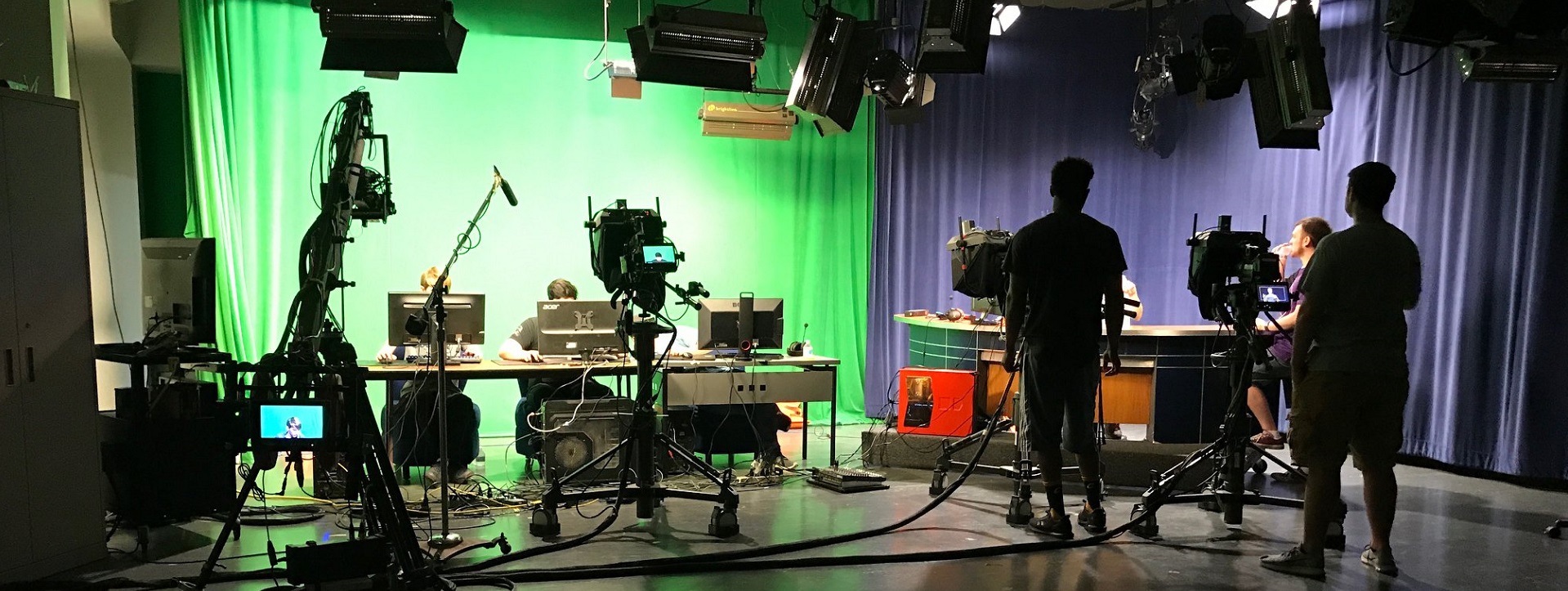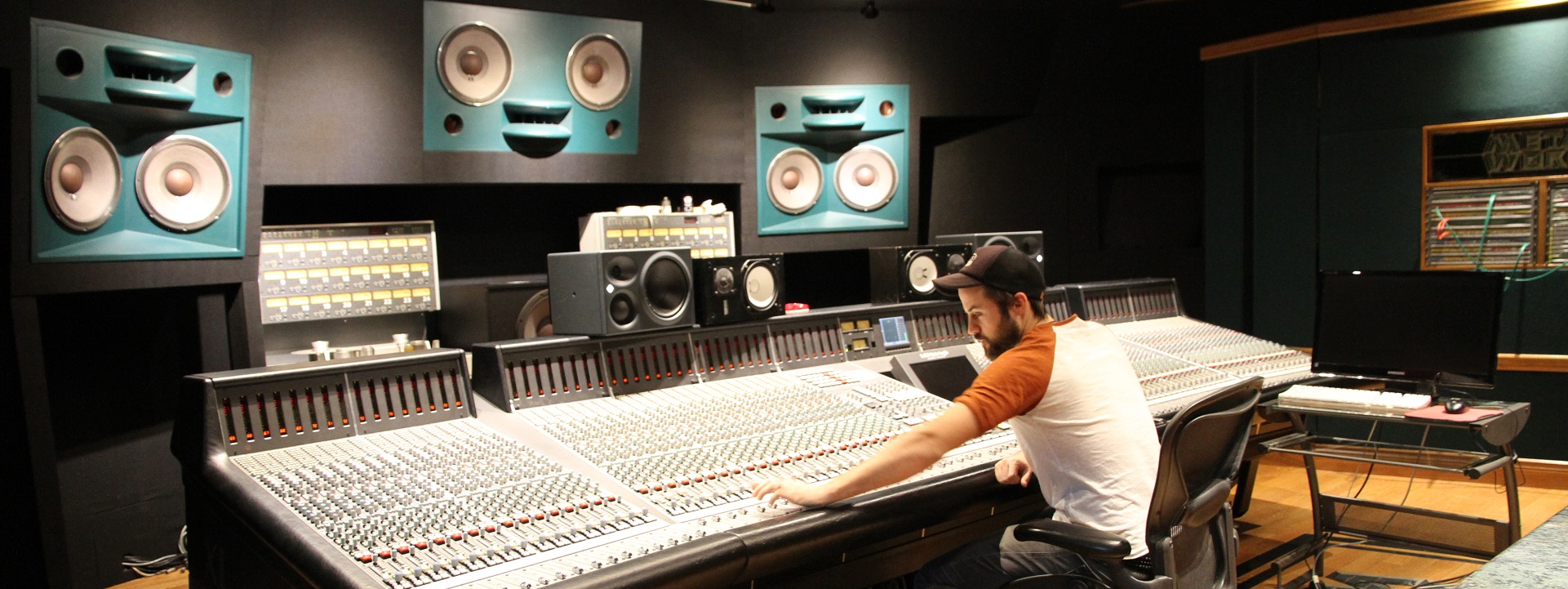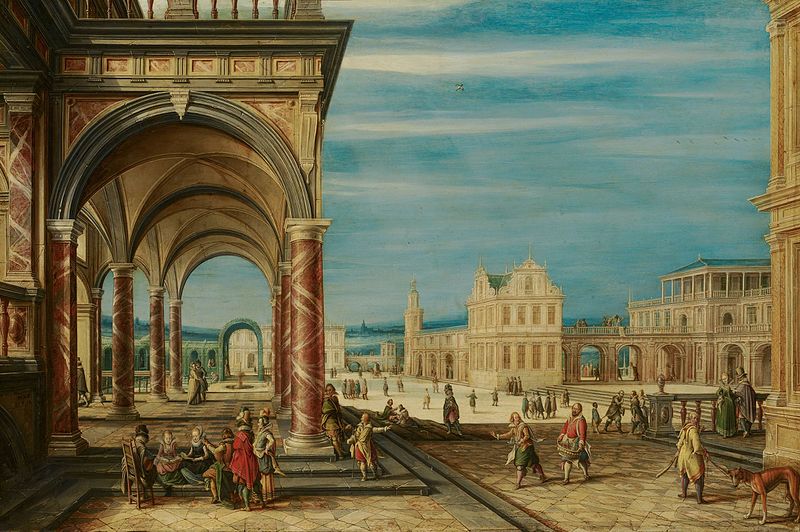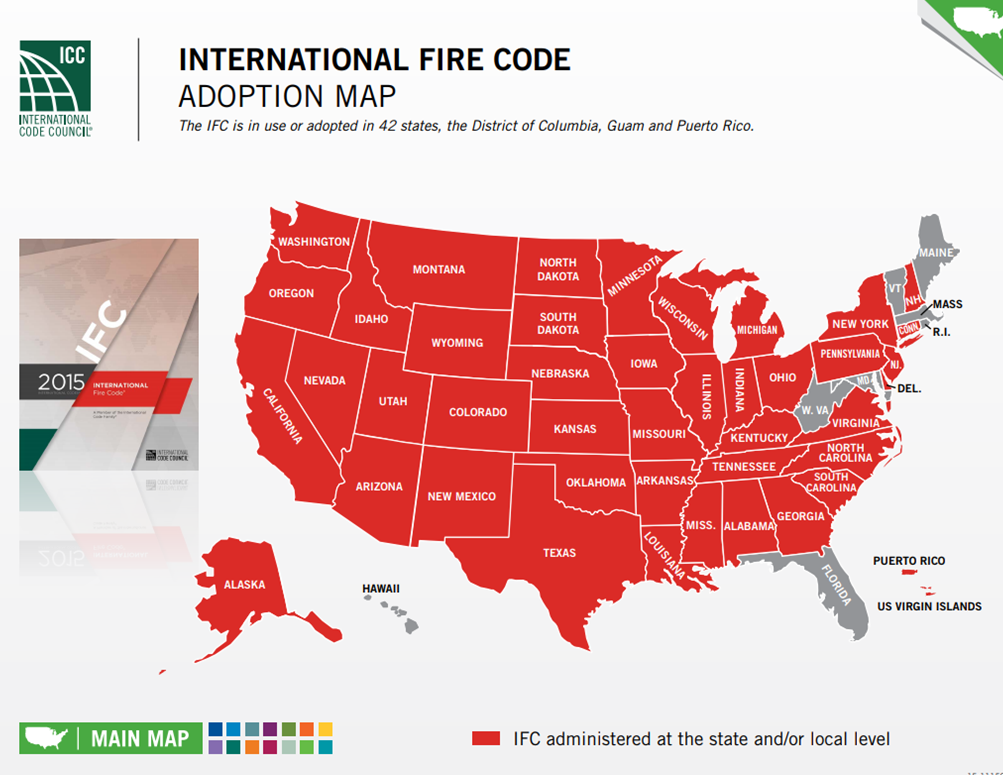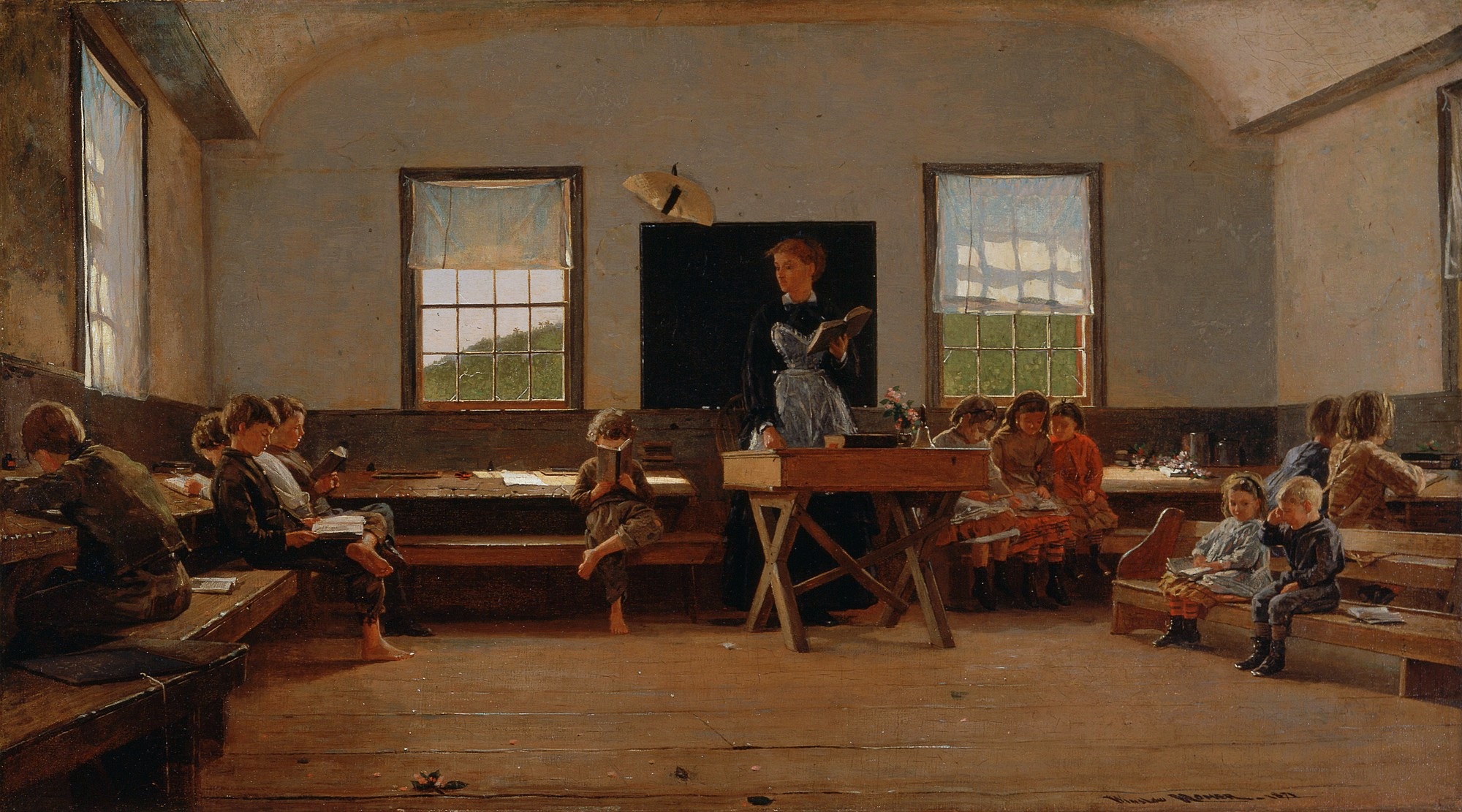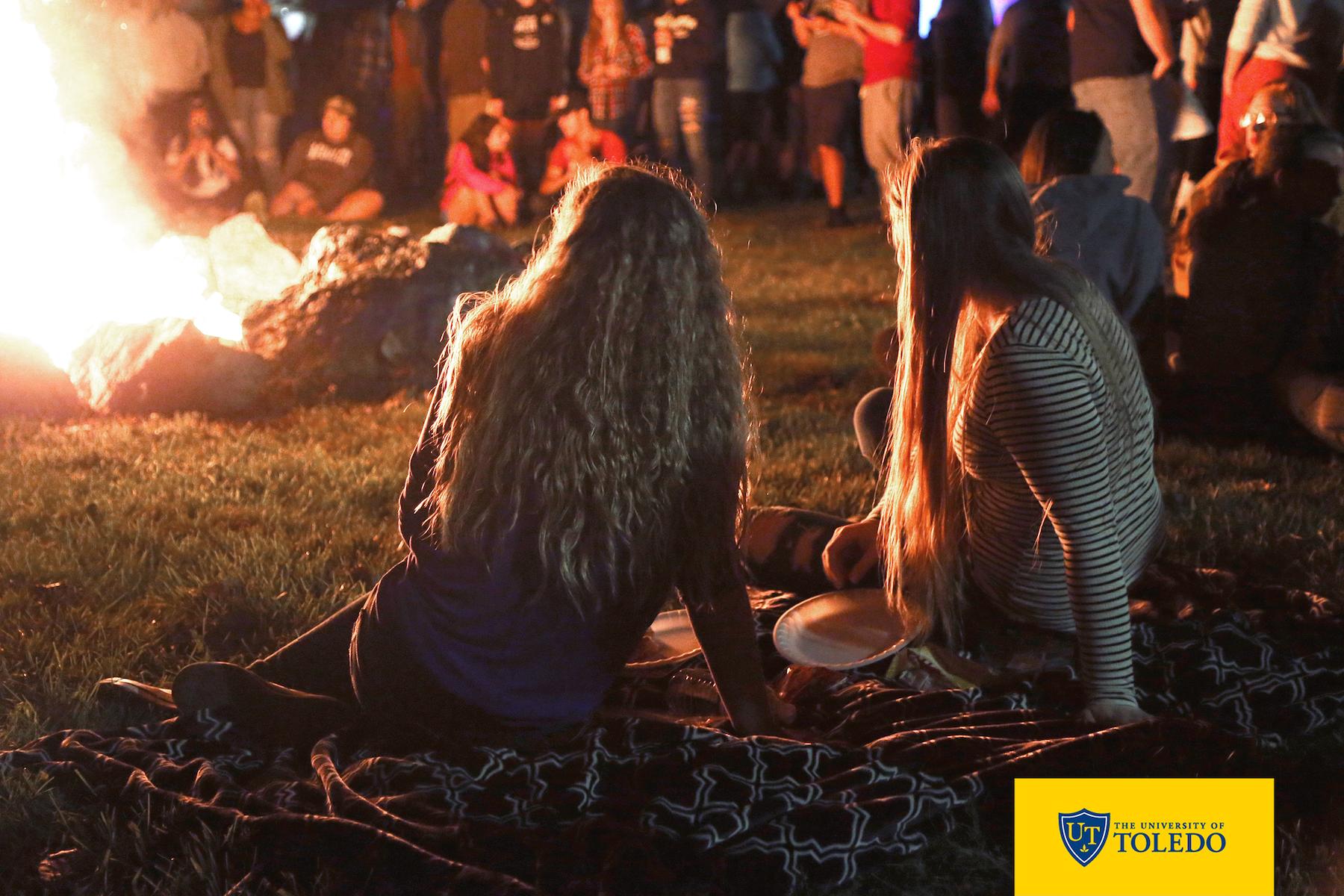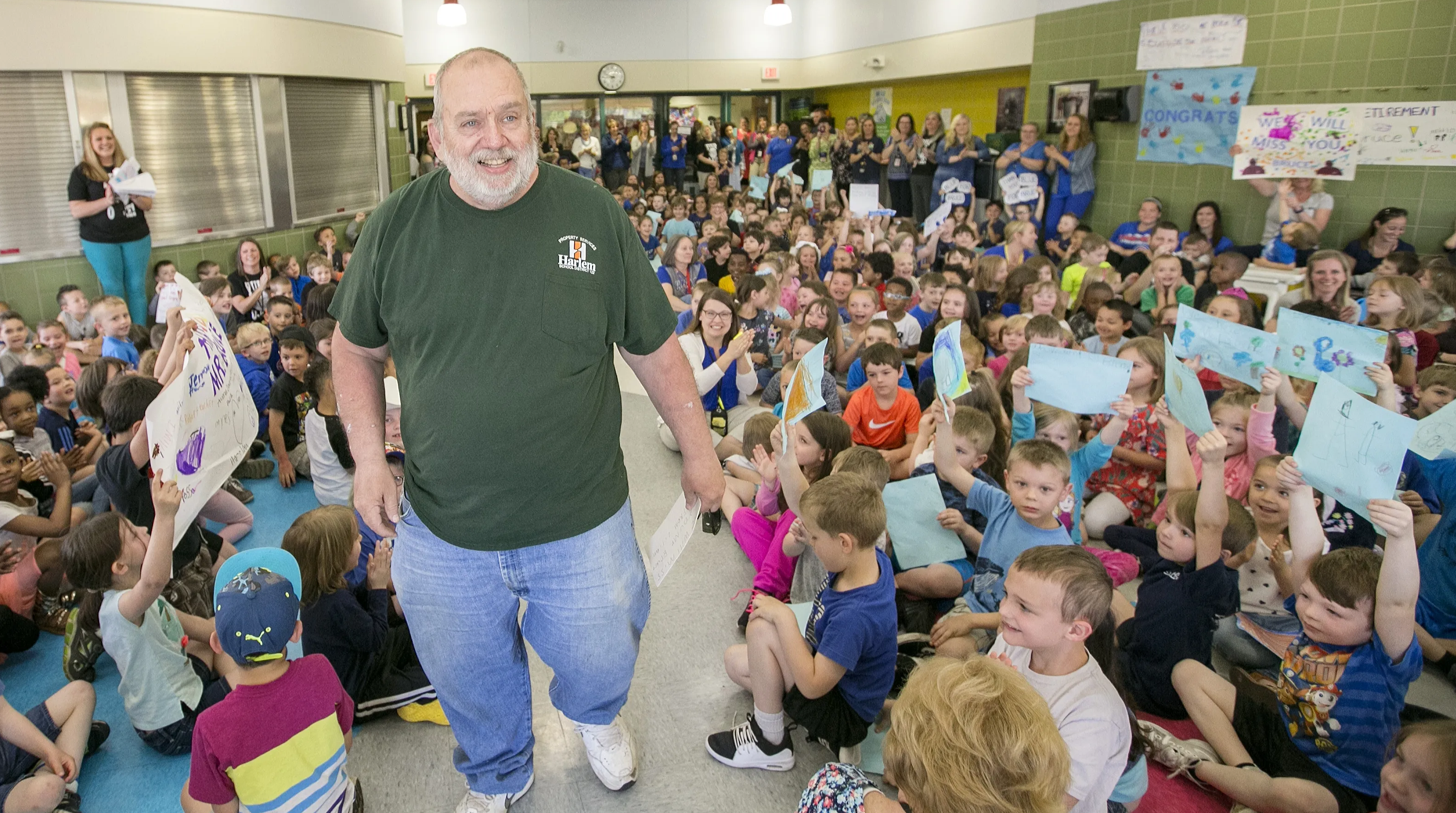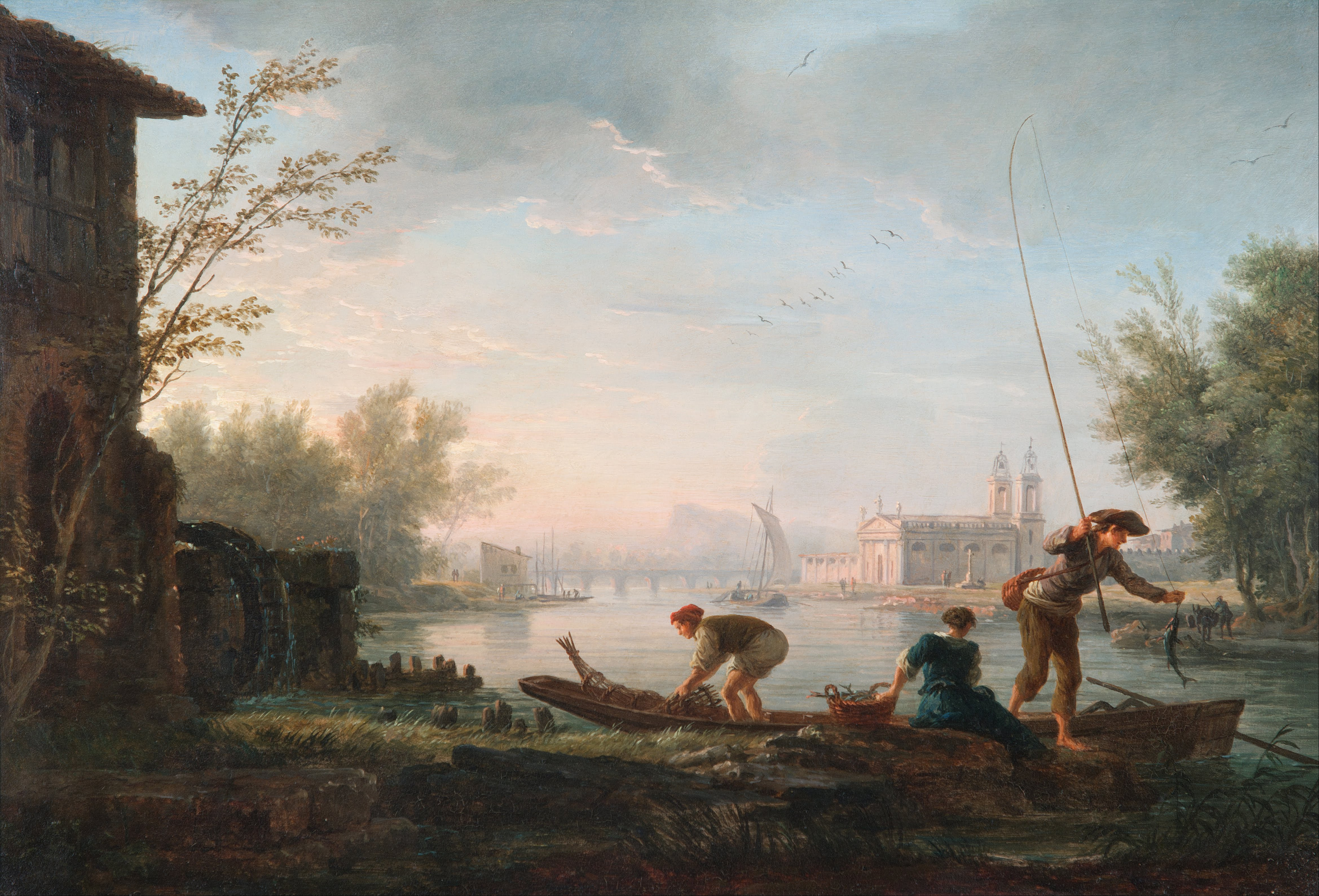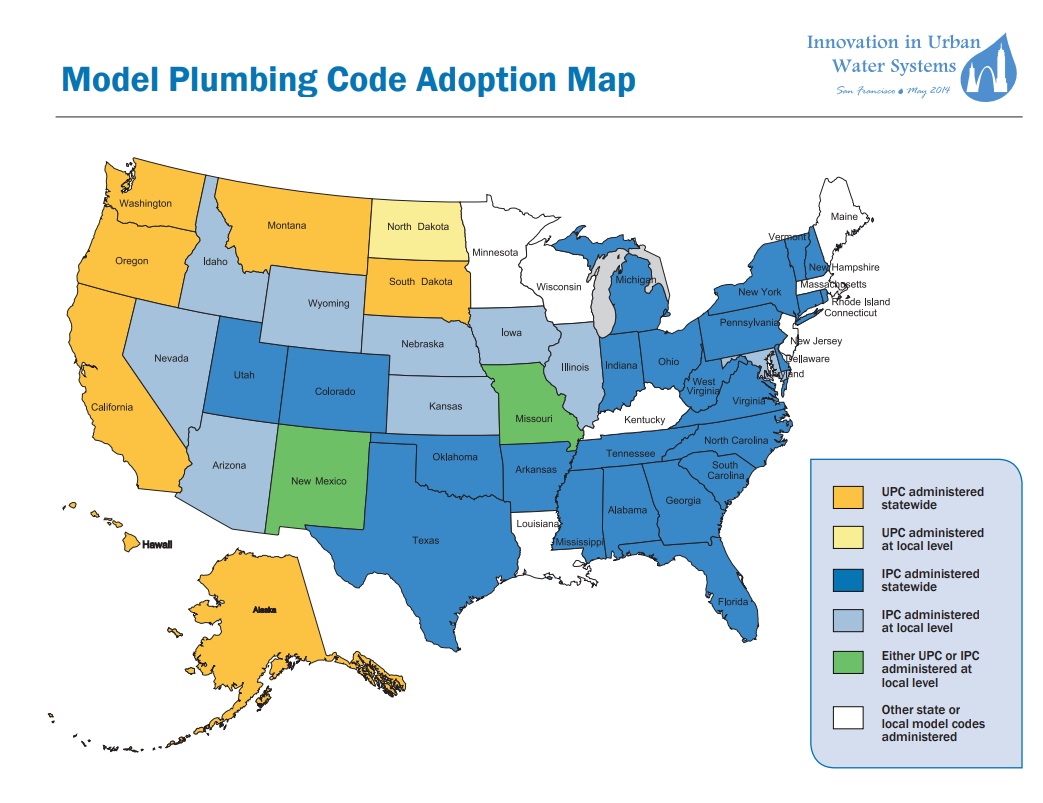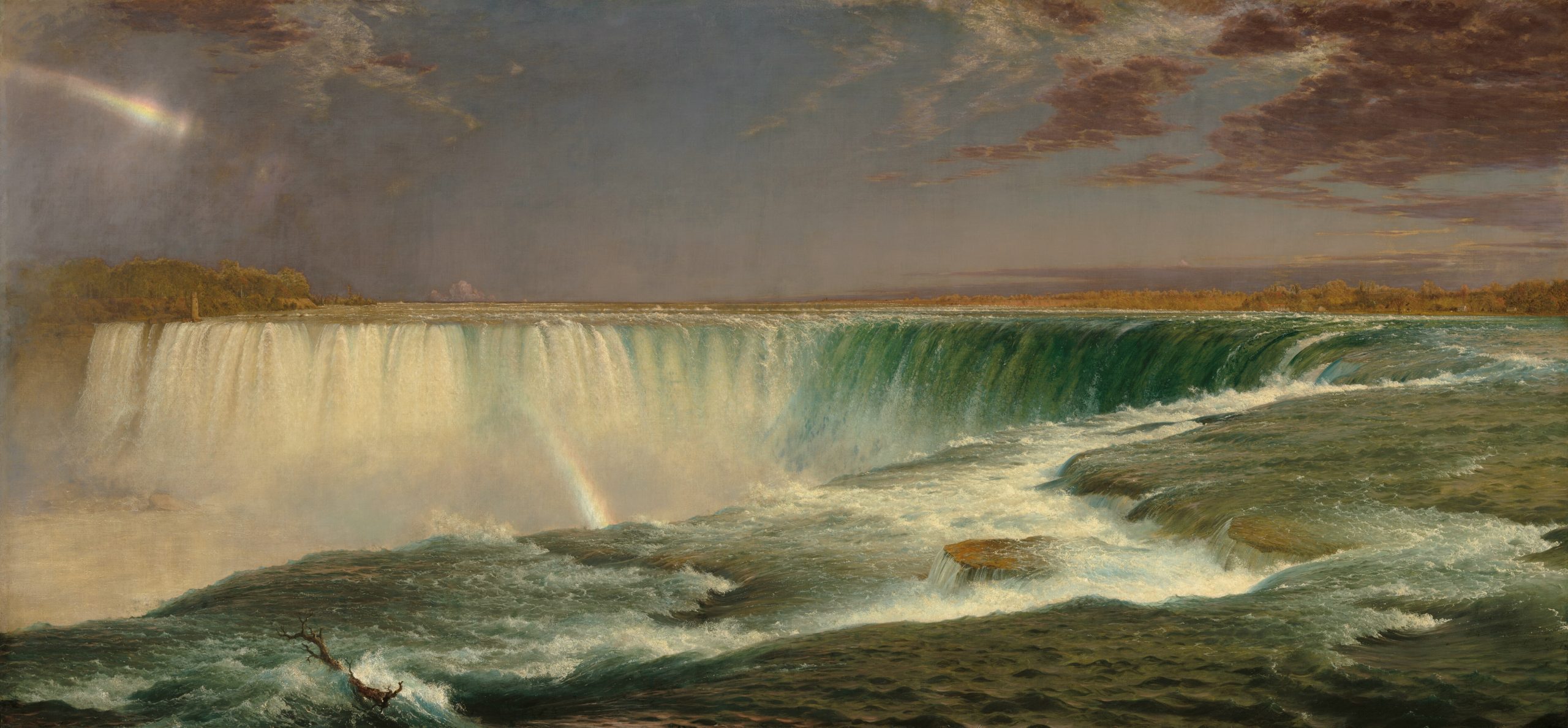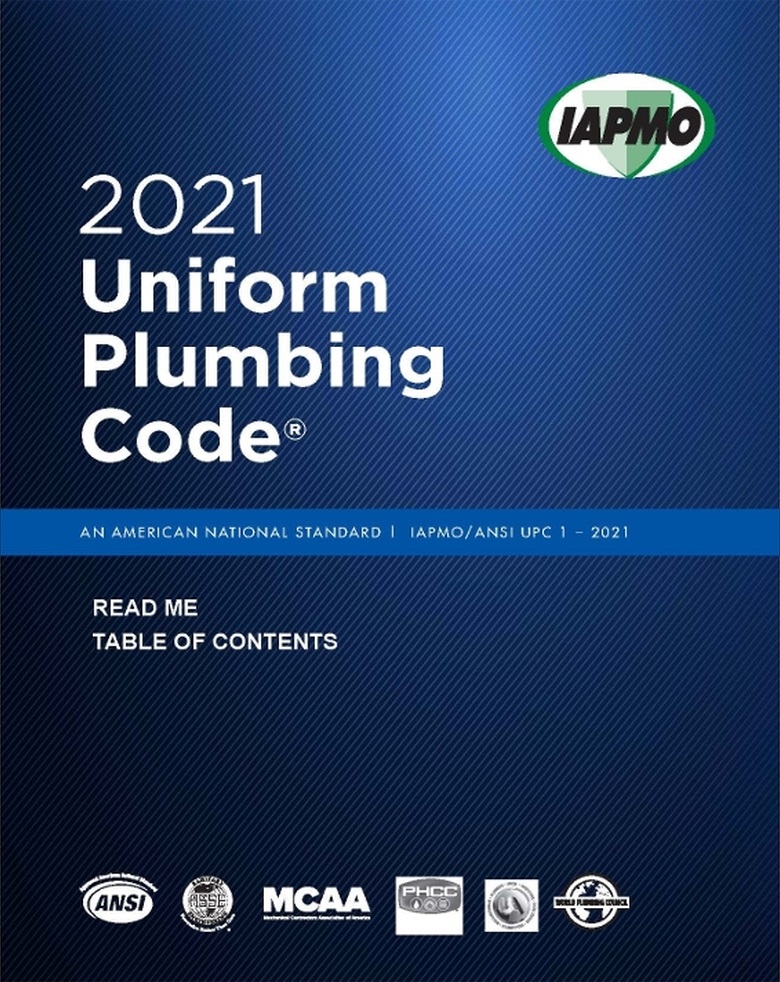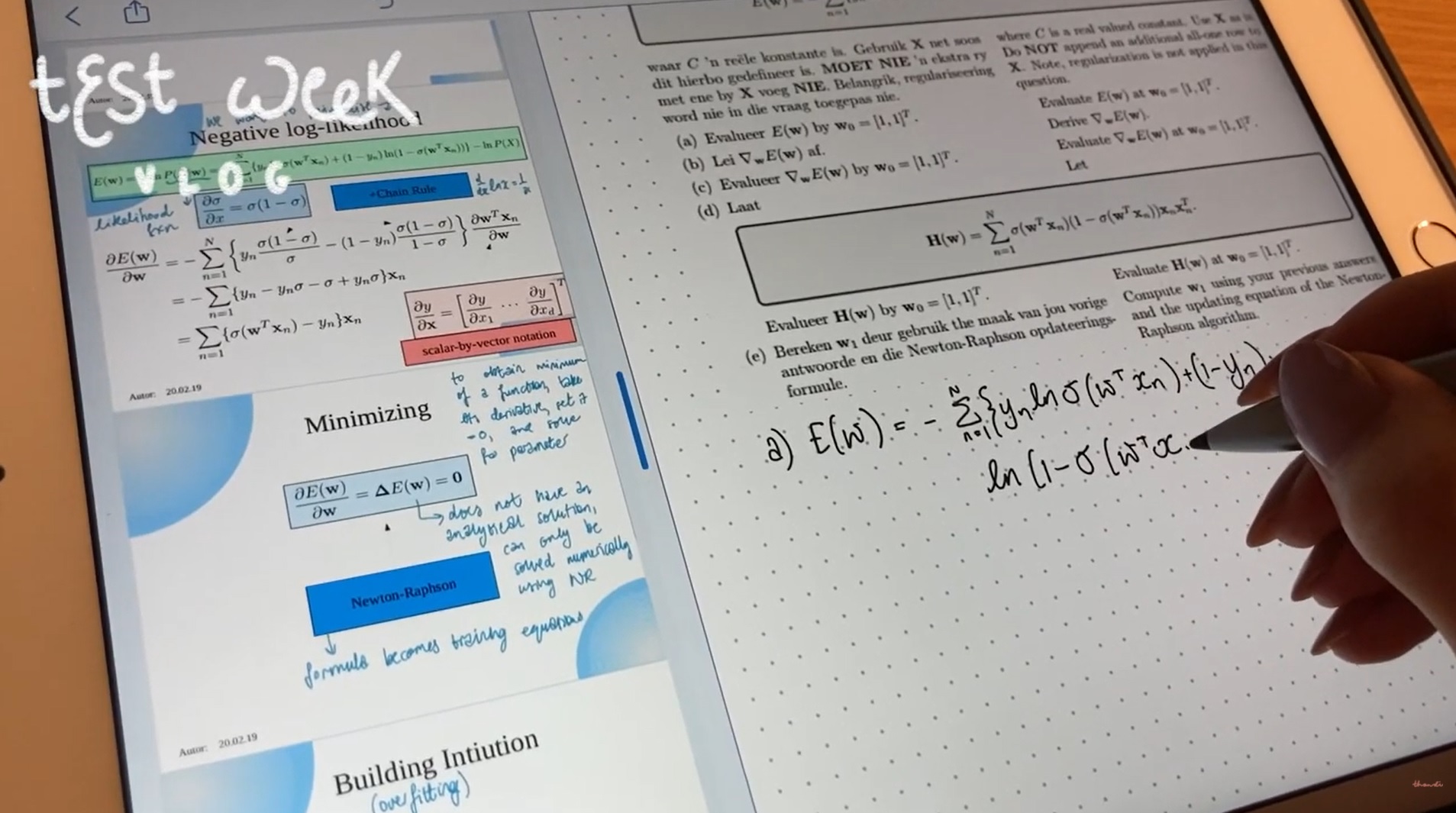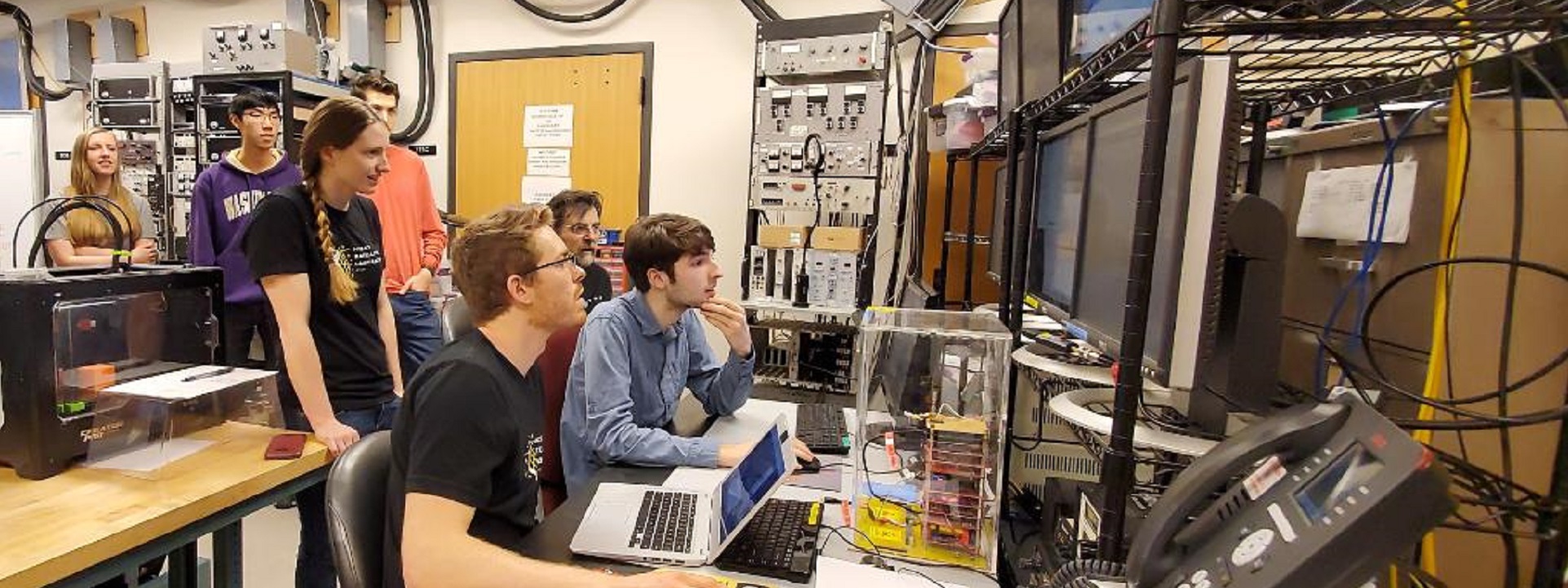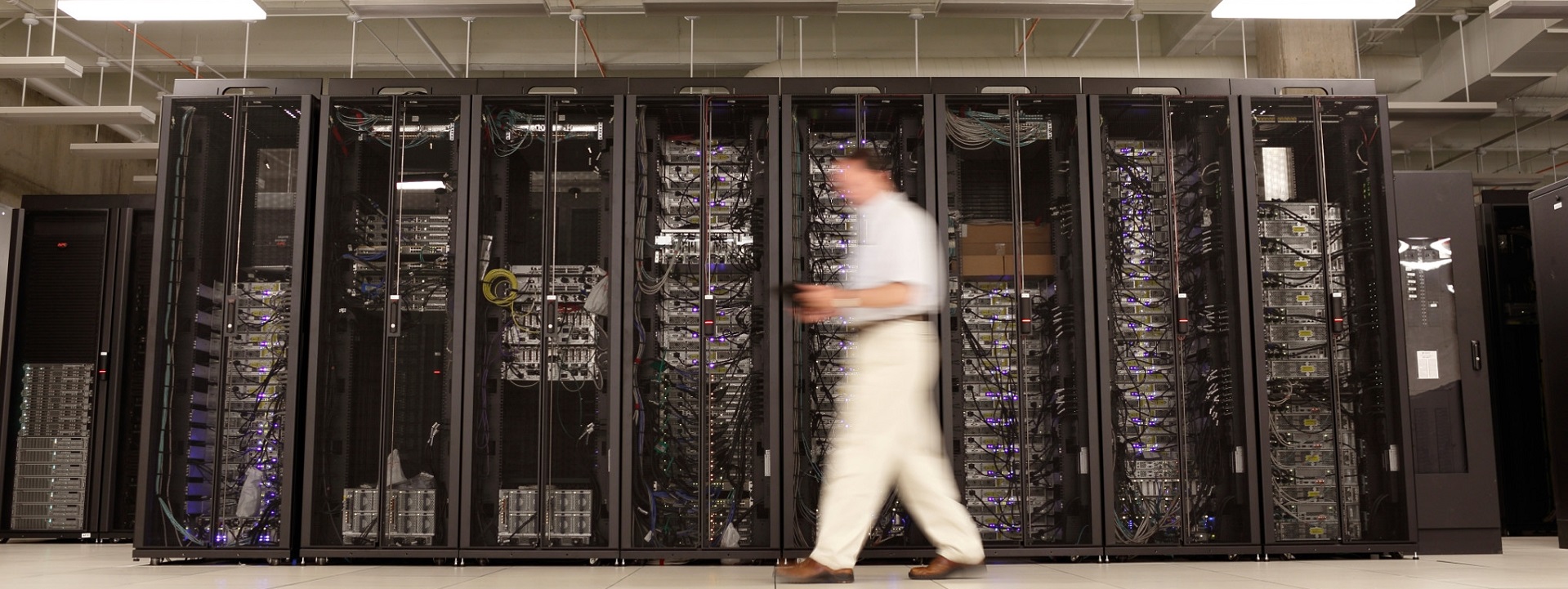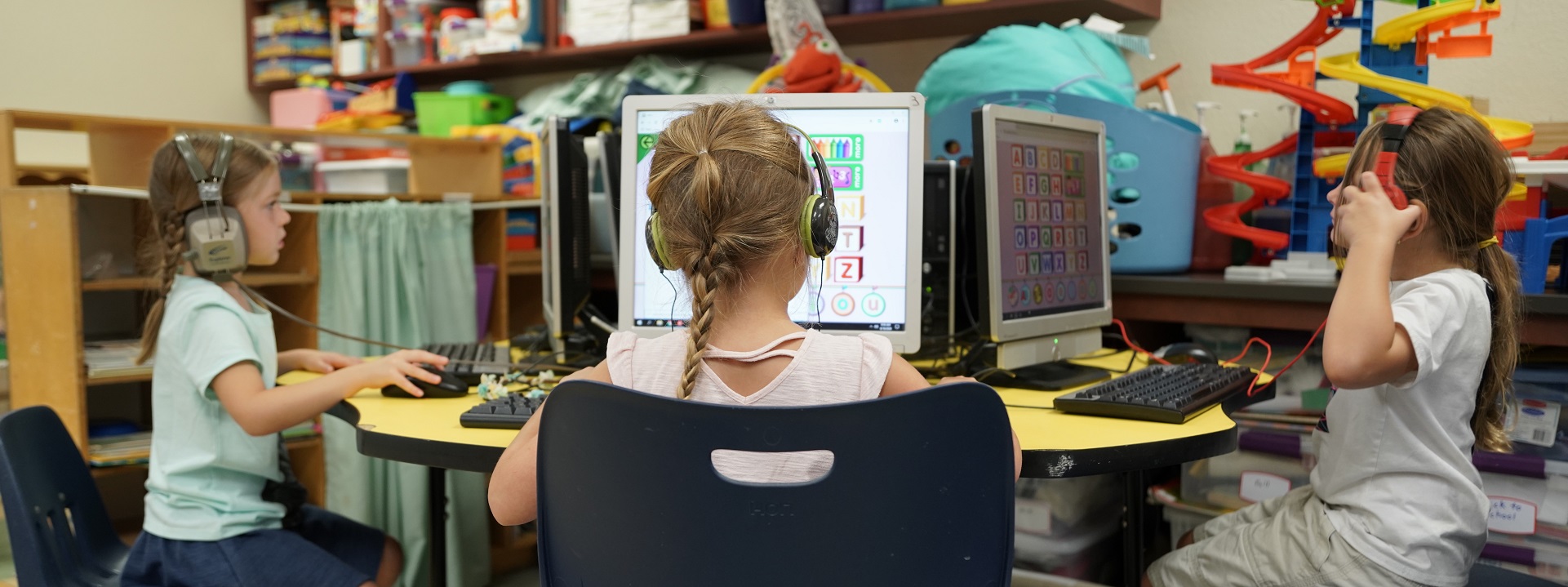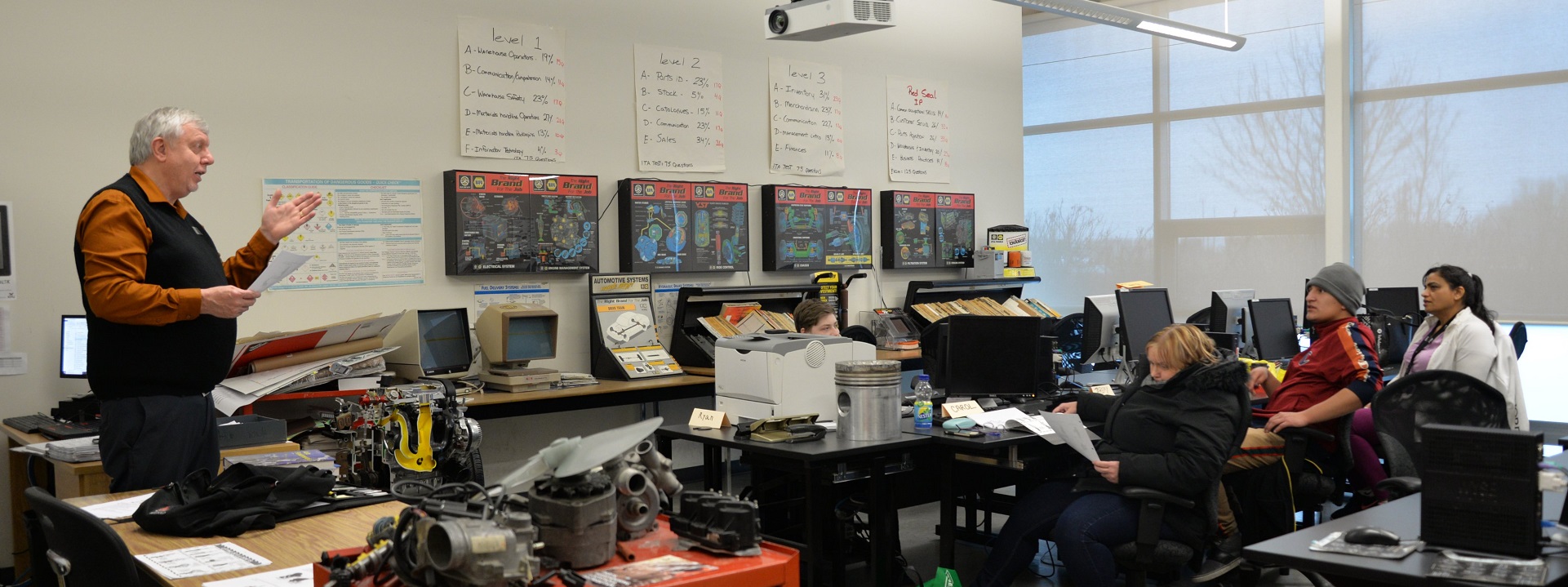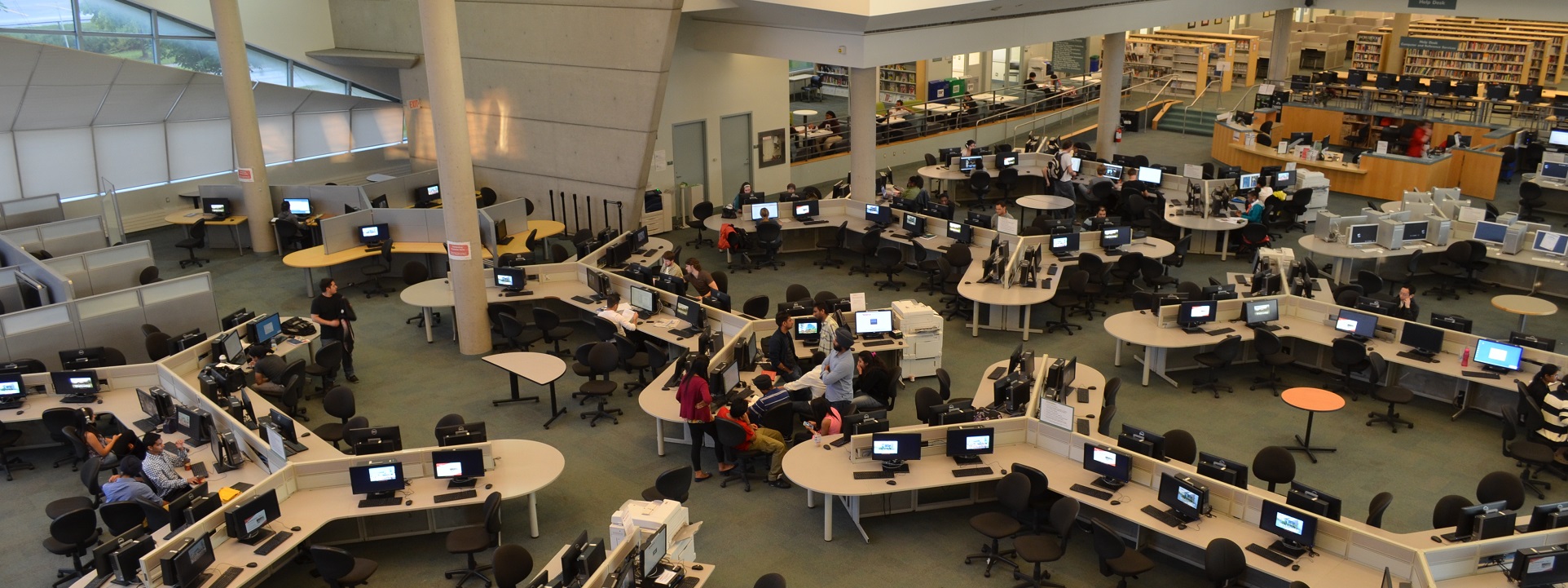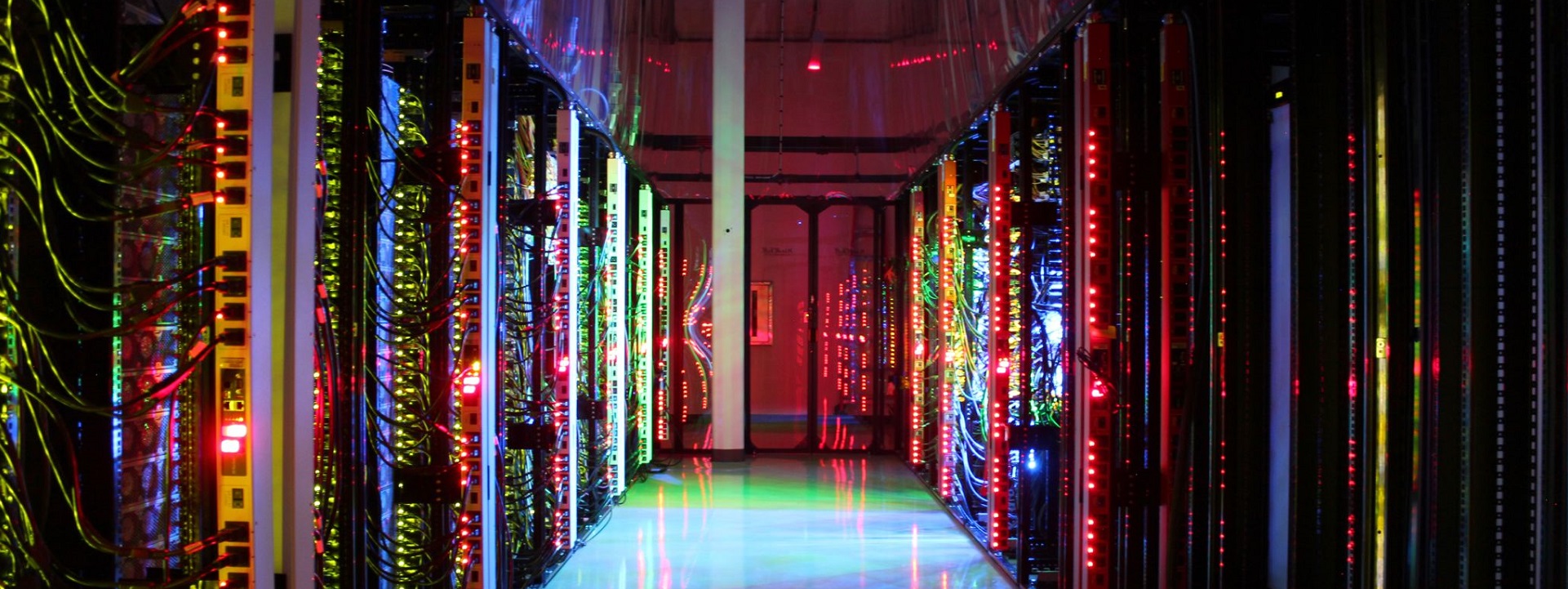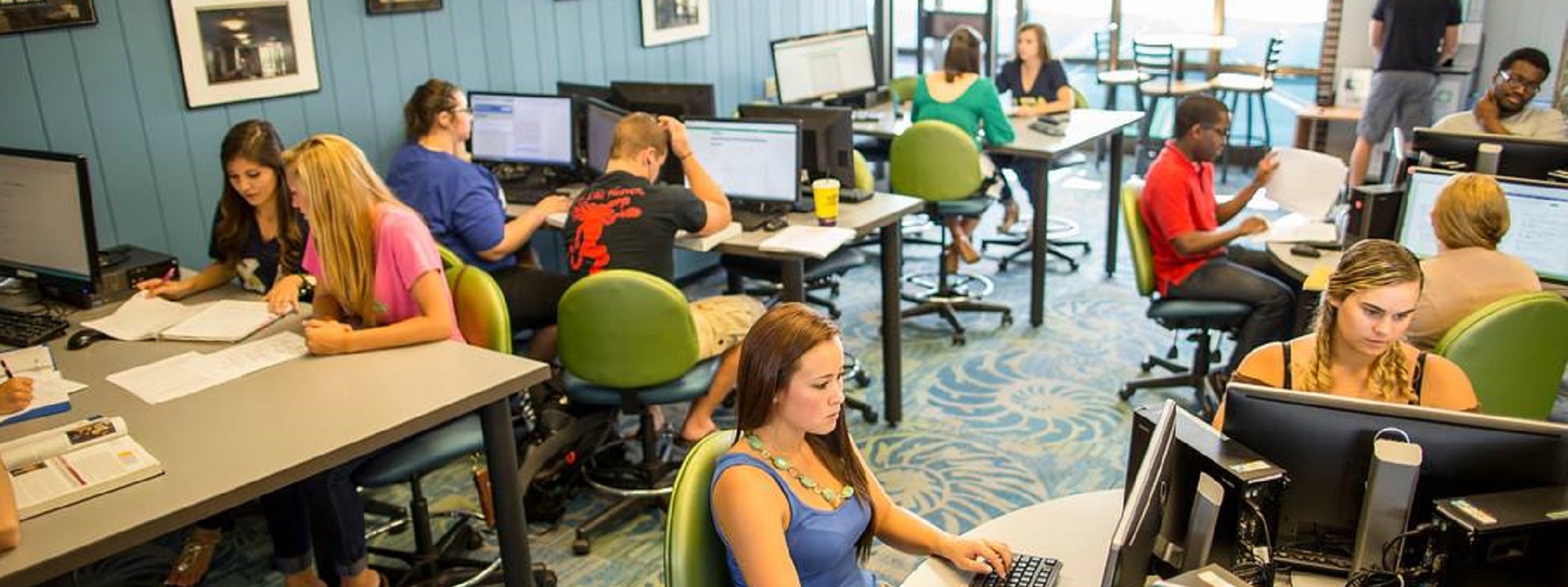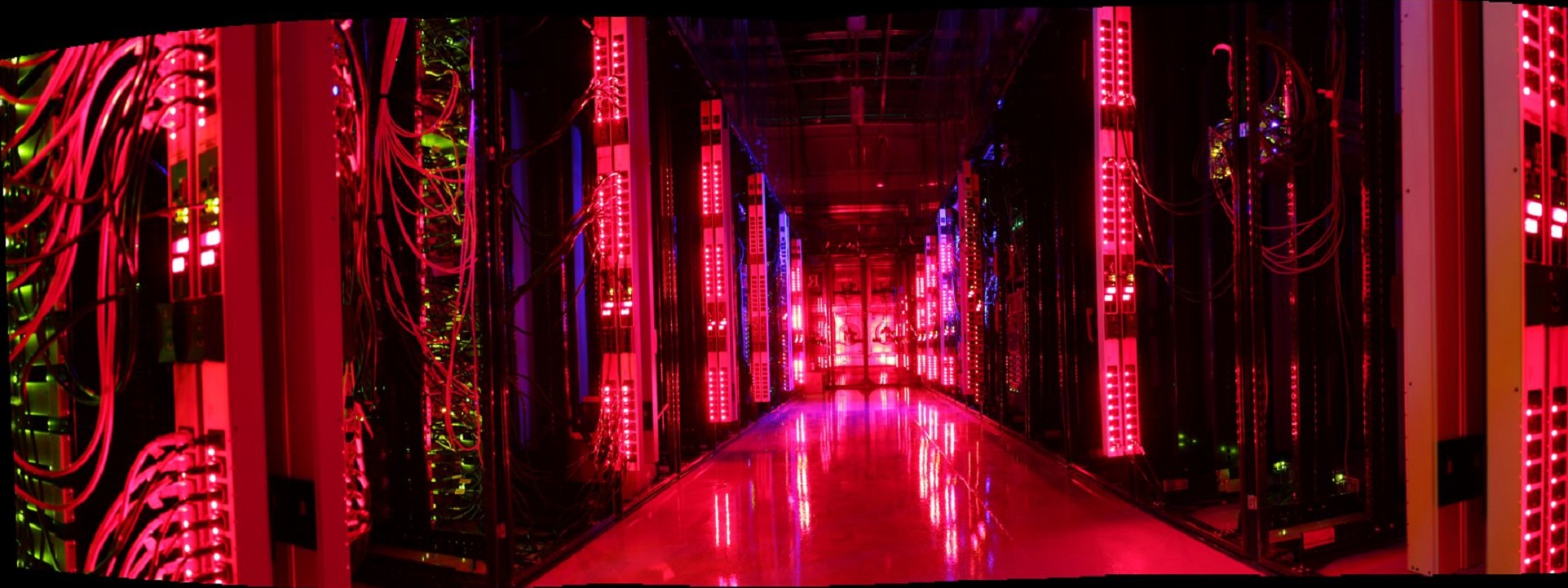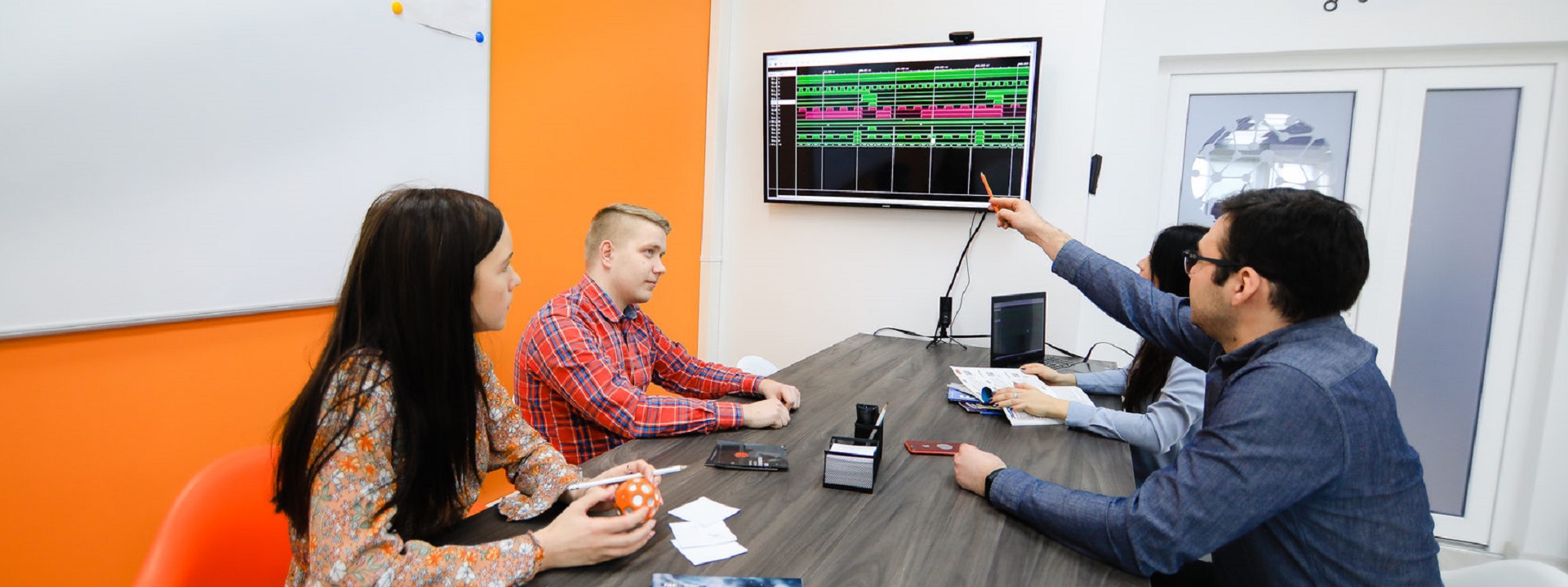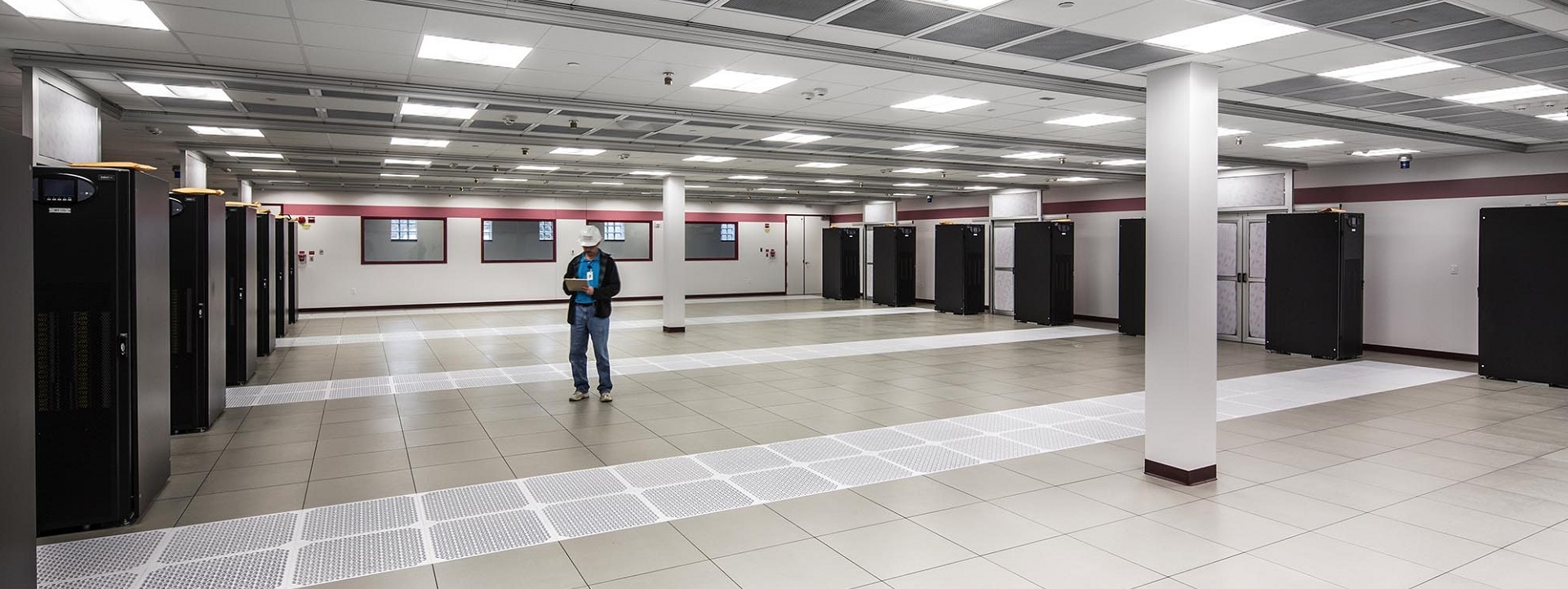2025 GROUP B PROPOSED CHANGES TO THE I-CODES | Complete Monograph 2630 Pages
N.B.
G73-25 Section 410: Stages, Platforms and Technical Production Areas (Page 591-…) Submitted by the American Society of Theater Consultants
G77-25: Emergency ventilation (Pages 601-…)
G27-25: Type A and B stage definition (Page 490)
G78-25: Technical Production areas (Page 602)
American Society of Theater Consultants | Oberlin College
2024 GROUP A PROPOSED CHANGES TO THE I-CODES | Complete Monograph 2658 Pages
2024/2025/2026 ICC CODE DEVELOPMENT SCHEDULE
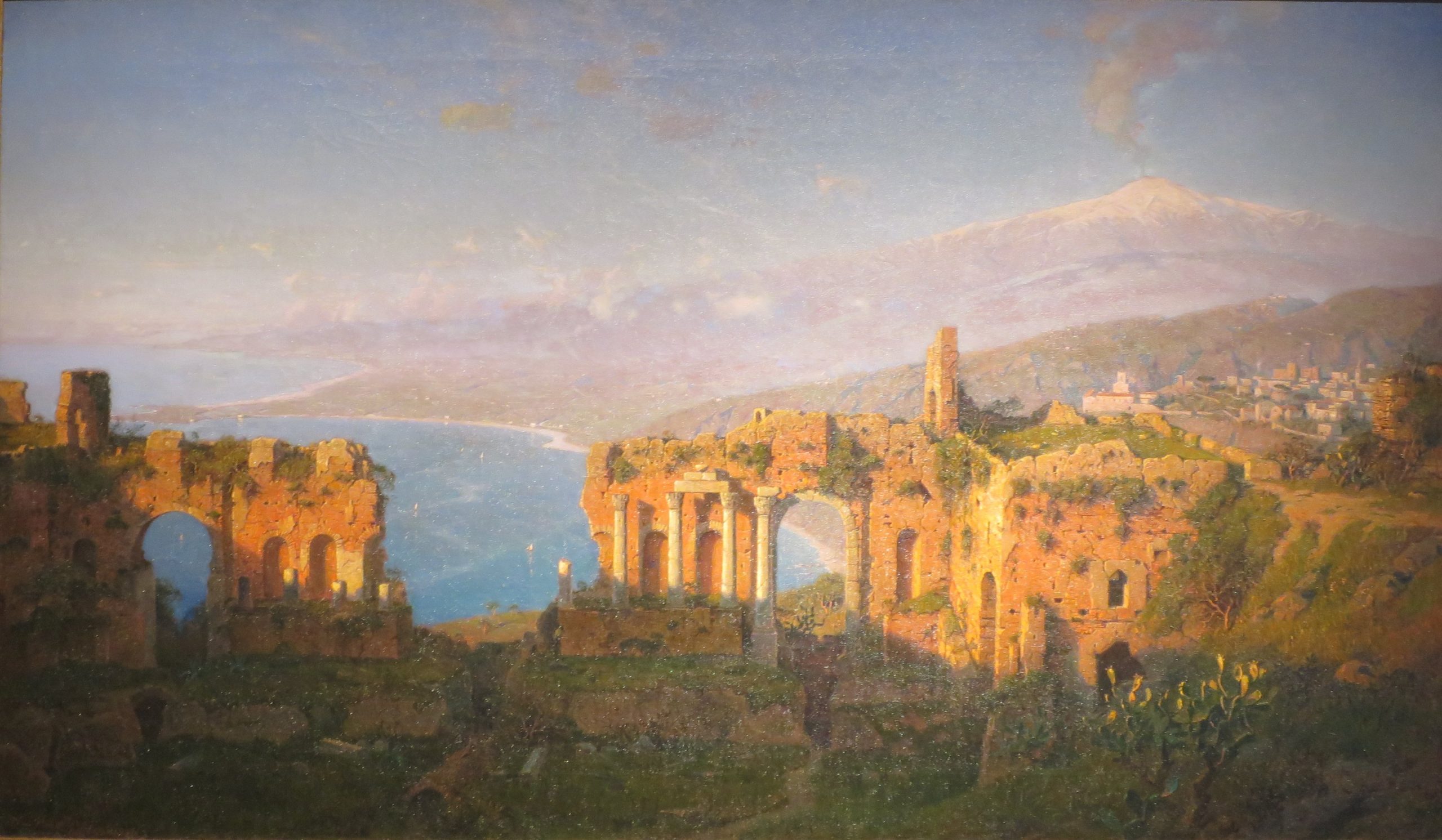
“View from the Ancient Theater in Taormina to Mount Etna” c. 1880 Carl Wuttke
Safety and sustainability for any facility begins with an understanding of who shall occupy it. University settings, with mixed-use phenomenon arising spontaneously and temporarily, present challenges and no less so in square-footage identified as performing arts facilities. Education communities present the largest installed base of mixed use and performing arts facilities. A distinction is made between supervised occupants that are in secondary schools (generally under age 18) and unsupervised occupants that are in university facilities (generally above age 18).
First principles regarding occupancy classifications for performing arts facilities appear in Section 303 of the International Building Code Assembly Group A-1. The public edition of the 2021 IBC is linked below:
2024 IBC Chapter 3: Occupancy Classification and Use
Each of the International Code Council code development groups A, B and C; fetch back to these classifications. You can sample the safety concepts in play with an examination of the document linked below:
2019 GROUP B PROPOSED CHANGES TO THE GROUP B I-CODES
2019 GROUP B PUBLIC COMMENT AGENDA
Each of the foregoing documents are lengthy so we recommend using search terms such as “school”, “college”, ‘”university”, “auditorium”, “theater”, “children”, “student” to hasten your cut through it.
We find continuation of lowering of the lighting power densities as noteworthy. Technical committees assembled and managed by the International Code Council, the American Society of Heating & Refrigeration Engineers and the Illumination Engineering Society are leaders in developing consensus products that drive the LED illumination transformation.
The revision schedule for the next tranche of ICC titles that are built upon the foundation of the IBC is linked below:
2024/2025/2026 ICC CODE DEVELOPMENT SCHEDULE
We encourage experts in education communities — facility managers, research and teaching staff, architectural and engineering students — to participate directly in the ICC Code Development process at the link below:
https://www.iccsafe.org/cdpaccess/
We reserve a place on the agenda of our standing Lively 200 colloquia on this topic. See our CALENDAR for the next online meeting; open to everyone.
Issue: [18-166]
Category: Architectural, Healthcare Facilities, Facility Asset Management
Colleagues: Mike Anthony, Jim Harvey, Richard Robben
The International Code Council (ICC) develops its codes and standards through a consensus-driven process. The ICC Code Development Process follows these major stages:
Code Change Proposal Submission
Stakeholders (e.g., government officials, industry professionals, and the public) submit proposals to modify existing codes or introduce new provisions.
Committee Action Hearing (CAH)
Expert committees review and evaluate submitted proposals.
Public testimony is allowed, and committees vote on whether to approve, disapprove, or modify the proposals.
Public Comment Period
After the CAH, the public can submit comments or suggest modifications to the committee’s decisions.
These comments help refine the proposed changes before final voting.
Public Comment Hearing (PCH)
ICC members discuss and vote on public comments.
This step ensures that all voices are heard and debated before finalizing changes.
Online Governmental Consensus Vote (OGCV)
Governmental members vote on the final code changes electronically.
Only governmental voting members (e.g., code officials) participate in this stage to ensure the process remains unbiased.
Publication of New Code Edition
Approved code changes are incorporated into the next edition of the ICC codes.
The ICC updates its codes every three years (e.g., 2021, 2024, 2027 editions).
This structured process ensures that ICC codes remain comprehensive, up-to-date, and responsive to industry needs while maintaining safety and functionality.




